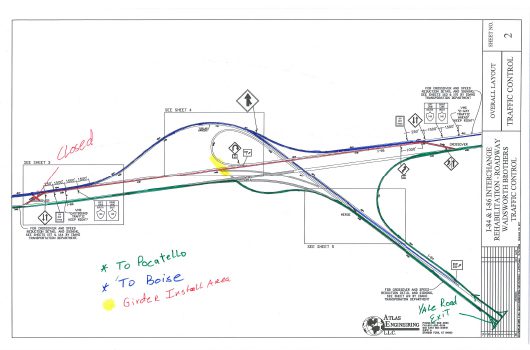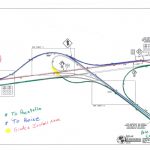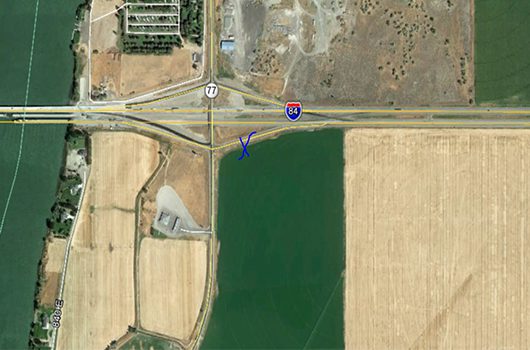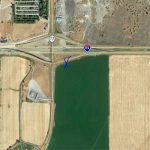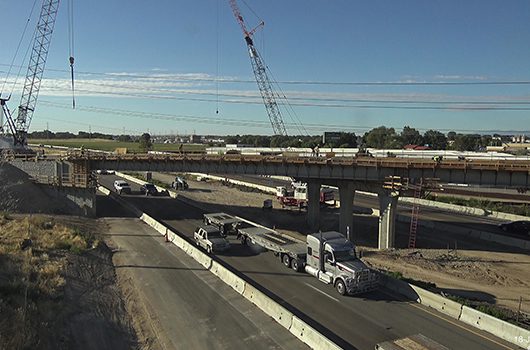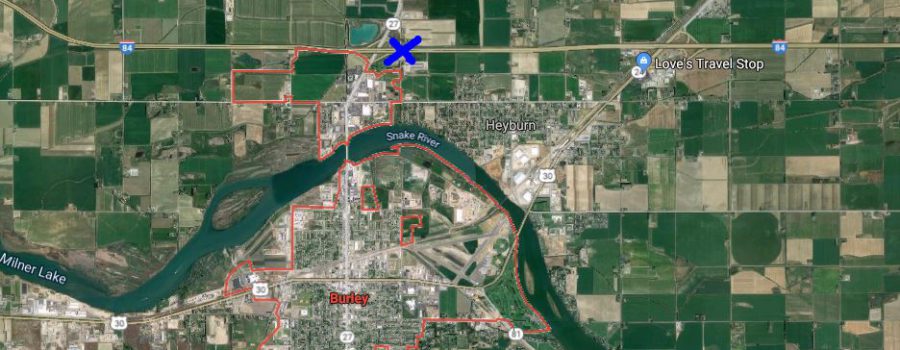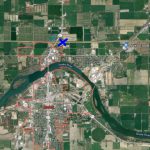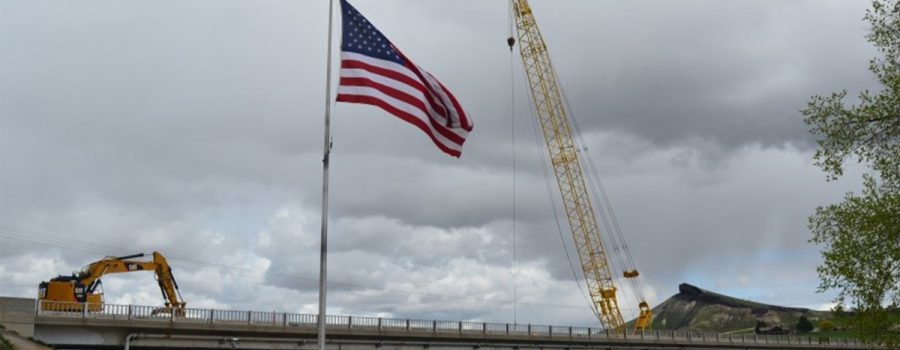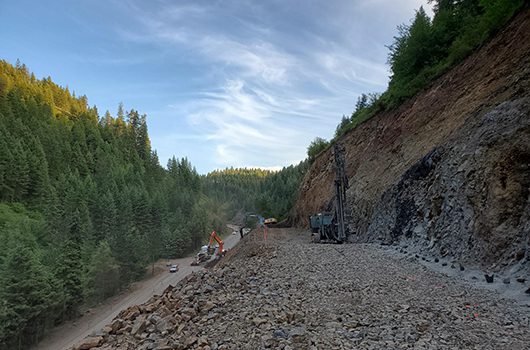UPDATE: ITD initiates efforts to make safety improvements to ID-47 and US-20 through the city of Ashton
ASHTON – Following a speed study of traffic on US-20 through the city of Ashton, the Idaho Transportation Department (ITD) is recommending several safety improvements. This will include installing flashing yellow lights, school zone signs and reducing speeds while school is in session.
ITD has already made several safety improvements at the intersection of ID-47 and US-20. ITD crews have installed a flashing “stop ahead” warning sign, a flashing stop sign and rumble strips to alert drivers approaching the intersection on ID-47.
After conducting and finalizing the engineering analysis for US-20 through Ashton, ITD has determined the speed limit should only drop to 35 mph during transition times for school. During the rest of the day, the speed will remain at 45 mph.
ITD must be consistent statewide and ensure speed limits are set according to Idaho law.
In 2012, the Idaho Legislature passed HB619 directing ITD and the Idaho Transportation Board to set speed limits on state highways within city limits. The legislation says, in part, “In establishing speed limits within city limits, ITD must do an investigation and base posted speeds on sound traffic engineering safety standards.”
Nationwide, traffic analyses for speed limits include the determination of the 85th percentile. This means traffic data is collected to determine what speed the majority of drivers are comfortable traveling.
“When speed limits are not set at the speed drivers are traveling, there is a greater chance for speed variance between vehicles,” said ITD Eastern Idaho Engineering Manager Wade Allen. “Reducing the speed limit below the 85th percentile speed can result in conditions that are unsafe.”
The US-20 speed study in Ashton included a thorough analysis of crash rate, traffic volumes, road condition, access points, number of lanes, bicycle/pedestrian use and roadside development along US-20 through the city of Ashton.
ITD is committed to make additional safety improvements to the intersection, including installing flashing lights on speed limit reduction (65 mph to 45 mph) signs, and installing dynamic “Your Speed” signs for southbound traffic (northbound sign already exists).
ITD also has a future project to add a signal light at the intersection of US-20 and ID-47, which is currently scheduled for Fiscal Year 2023.
For more information, please click on the following links to learn more about how ITD sets speed limits and to see the ITD Speed Limit brochure.

